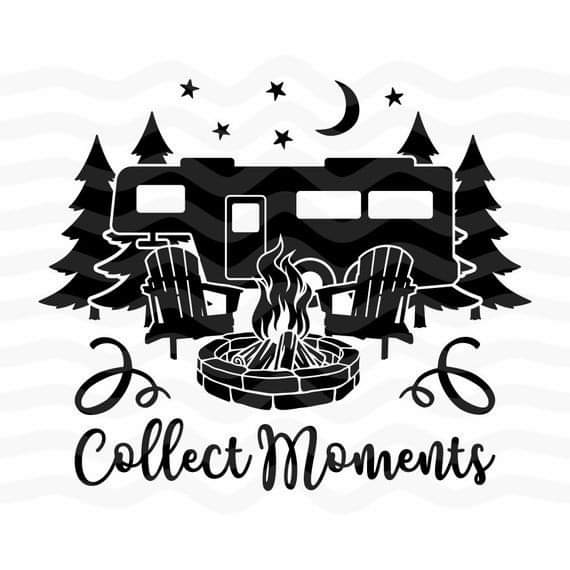We woke to a beautiful day and just hung out enjoying the scenery and sun.
We are on the left and Sue is on the right:
Right by the campground is the Painted Rock Petroglyph Site so off we went to check it out.
"The Painted Rock Petroglyph Site is located on the eastern edge of the Painted Rock Mountains and about eighteen miles west by northwest of Gila Bend, Arizona. The area is mostly flat and sandy with May-Oct daytime temperatures in the 100s. The annual rainfall is only about six inches and the nearest irrigational water is the Gila River. In prehistoric times the Gila flowed west out of the mountains of western New Mexico, made a big dogleg turn at the town of Gila Bend and continued west to empty into the Colorado River. The Hohokam people once lived and farmed here. Ruins of their late Pioneer Period (AD 350 – AD 550) and Early Colonial Period (AD 550 – AD 700) villages are found to the north and west, and ruins of their Sedentary – Classic Period (AD 900 – AD 1400) villages are found to the south and east.Over forty petroglyph sites have been recorded in the area, however; most of these sites are small with only a few dozen petroglyphs. The Painted Rock Site is the largest known site with about 800 images. The petroglyphs are pecked onto weathered basalt boulders overlaying a granite outcrop. The outcrop is in the form of an east to west orientated oval about 400′ long, and about 20′ tall with two small knob tops. Most of the petroglyphs are concentrated on the boulders along the eastern edge, but the petroglyphs face in all directions from that edge.
Although considered a Hohokam rock art site, Painted Rock is on the extreme western edge of the Hohokam cultural area. East of Painted Rock, petroglyphs take on more typical Hohokam characteristics, while petroglyphs farther west take on more Patayan characteristics. Found here and in nearby areas of the Gila River are petroglyphs of Archaic origin. Human-seeming figures are etched into the boulders, as well as animals, sun symbols, concentric circles, spirals and mazes. Drawings of mounted riders indicate work was added after the Spanish introduced horses to the region.
There is also pioneer graffiti as this area became a well-traveled route. The Gila River Valley formed a natural roadway through the desert with reliable water, so plenty of Arizona history passed this way during the ensuing centuries. When Juan Bautista de Anza left the Tubac Presidio in 1775 with 240 men, women and children to establish a settlement on San Francisco Bay, he traveled through this valley and noted the drawings of Painted Rock in his journals. In 1846, the Mormon Battalion followed the same route along the Gila River, building a wagon road that opened the way for westward expansion. A dozen years later the Butterfield Overland Mail Company established mail and stage service that sliced across the region with six stations built between Gila Bend and Yuma.
During World War II, General George Patton used this area as headquarters for tank training. Eventually the railroad and the highways — first U.S. 80 and then Interstate 8 — would parallel the trail that was blazed so very long ago."
Initially the site looks like a bunch of boulders just dumped in the desert:
As you get closer there are petroglyphs all over. Awesome:
Desert Varnish! How about that!
What a beautiful day that ended with a campfire!



.JPG)
.JPG)
.JPG)
.JPG)
.JPG)
.JPG)
.JPG)
.JPG)
.JPG)
.JPG)
.JPG)
.JPG)
.JPG)
.JPG)
.JPG)
.JPG)
.JPG)
.JPG)
.JPG)
.JPG)
.JPG)
.JPG)
.JPG)
.JPG)
.JPG)
.JPG)
.JPG)
.JPG)
.JPG)
.JPG)
.JPG)
.JPG)



No comments:
Post a Comment